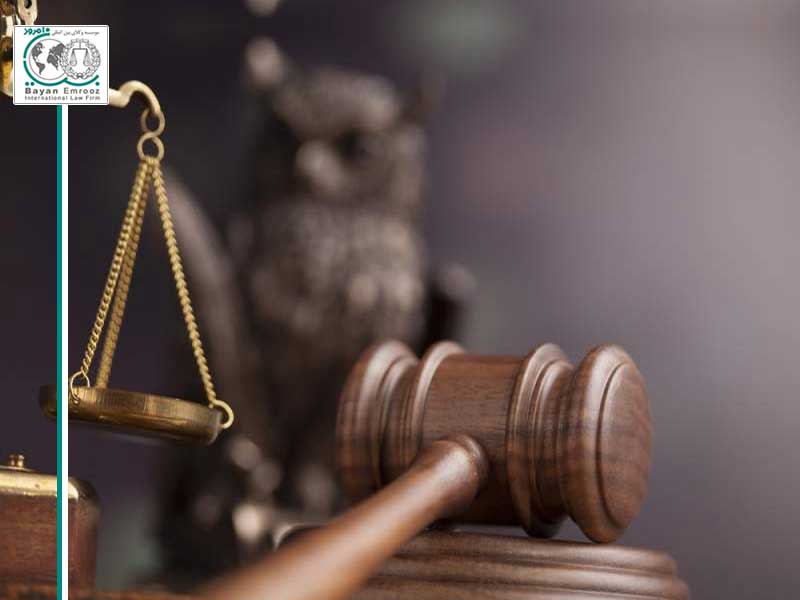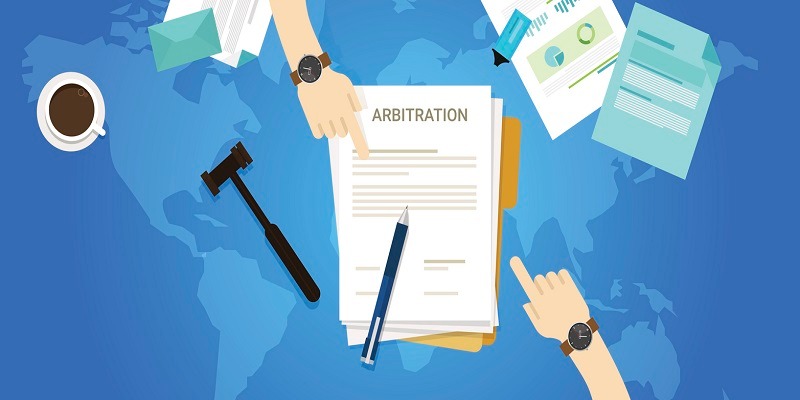Introduction:
One of the important issues all around the world and within the national legal systems, are the issues related to children’s rights and the challenges of this issue. Familiarity with children’s rights has been discussed from different perspectives and in different fields of law, also has legal, political, economic, cultural, domestic and international dimensions.
International aspects of children’s rights:
In the international field, steps have been taken to respond to related challenges and countries became more familiar with children’s rights. These measures include the allocation of articles from the Universal Declaration of Human Rights and the International Covenant on Civil and Political Rights to the subject of the rights of the children’s and the ratification of the Convention on the Rights of the children’s with particular regard to explaining the principles of children’s rights to the media. In addition to the adoption of various documents and resolutions at the international level in this area, regional and national documents and agreements to develop and explain these basic rights according to the cultural, religious and conditions of each country and region for protecting children.
To begin the discussion, it is necessary to get acquainted with the definition of a child and then to examine the legal aspects and challenges in this issue:
“The most comprehensive definition of a child appears to be provided by the 1989 United Nations Convention on the Rights of the Child, which states: any person under the age of 18 unless a minor reaches the age of majority under applicable domestic law”
Children’s rights include the right to health, education, family life, play and recreation, an adequate standard of living and to be protected from abuse and harm. For example, on International Covenant on Civil and Political Rights mentioned general rights applicable to children’s, which includes:
-
- The right to life
- The right to security of person
- The right to freedom from torture
- The right to freedom from cruel, inhuman or degrading treatment or punishment
- The right to be separated from adults when charged with a crime, the right to speedy adjudication, and the right to be accorded treatment appropriate to their age
Four general principles that underpin all children’s rights:
Non-discrimination means that all children have the same right to develop their potential in all situations and at all times. For example, every child should have equal access to education regardless of the child’s gender, race, nationality, religion, disability, parentage
The best interests of the child must be “a primary consideration” in all actions and decisions concerning a child, and must be used to resolve conflicts between different rights. For example, when making national budgetary decisions affecting children, Government must consider how cuts will impact on the best interests of the child
The right to survival and development underscores the vital importance of ensuring access to basic services and to equality of opportunity for children to achieve their full development. For example, a child with a disability must have effective access to education and health care to achieve their full potential
The views of the child mean that the voice of the child must be heard and respected in all matters concerning his or her rights. For example, those in power should consult with children before making decisions that will affect them.
In conclusion:
In Iran, more attention should be paid to the issue of children’s rights, challenges for the development of children should be identified, and finally, appropriate legal answers to solve these challenges must be provided by our country’s lawyers and legislators. Hopefully, in the near future, we will see that children’s rights are not violated and that these rights are respected.






